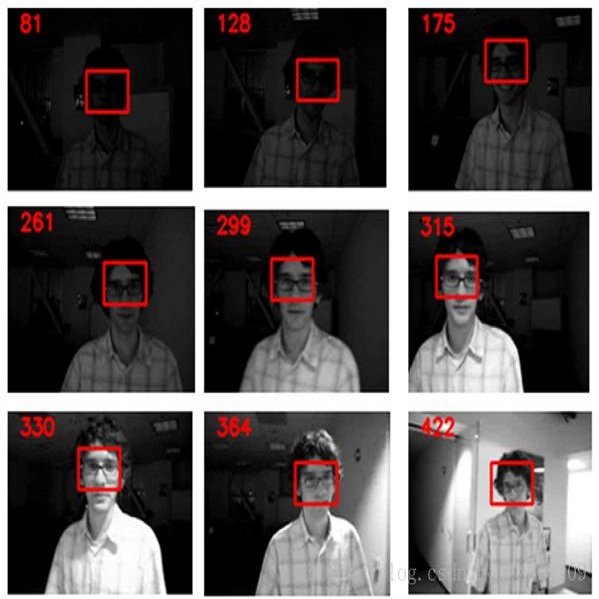Object tracking has achieved significant progress over the past few years. However, state-of-the-art trackers become increasingly heavy and expensive, which limits their deployments in resource-constrained applications. In this work, we present LightTrack, which uses neural architecture search (NAS) to design more lightweight and efficient object trackers. Comprehensive experiments show that our LightTrack is effective. It can find trackers that achieve superior performance compared to handcrafted SOTA trackers, such as SiamRPN++ and Ocean, while using much fewer model Flops and parameters. Moreover, when deployed on resource-constrained mobile chipsets, the discovered trackers run much faster. For example, on Snapdragon 845 Adreno GPU, LightTrack runs $12\times$ faster than Ocean, while using $13\times$ fewer parameters and $38\times$ fewer Flops. Such improvements might narrow the gap between academic models and industrial deployments in object tracking task. LightTrack is released at https://github.com/researchmm/LightTrack.
翻译:过去几年来,物体跟踪取得了显著进展。 但是,最先进的跟踪器越来越重,越来越昂贵,限制了其在资源限制的应用中的部署。 在这项工作中,我们展示了光跟踪器,它使用神经结构搜索(NAS)来设计更轻、更高效的物体跟踪器。全面实验表明,我们的光跟踪器是有效的。它可以找到比手工制作的SOTA跟踪器(如SiamRPN+++和Ocean)取得优异性能的跟踪器,同时使用更少的模型漂浮器和参数。此外,在资源限制的移动芯片上部署时,发现的跟踪器运行速度要快得多。例如,在Sapdrag 845 Adren GPU, LightTrack运行速度比海洋快12美元,同时使用13美元更少的参数和38美元更少的Flops。这些改进可以缩小在物体跟踪任务中学术模型与工业部署之间的差距。 LightTrack在https://github.com/researchmm/LightTrack上发布。



